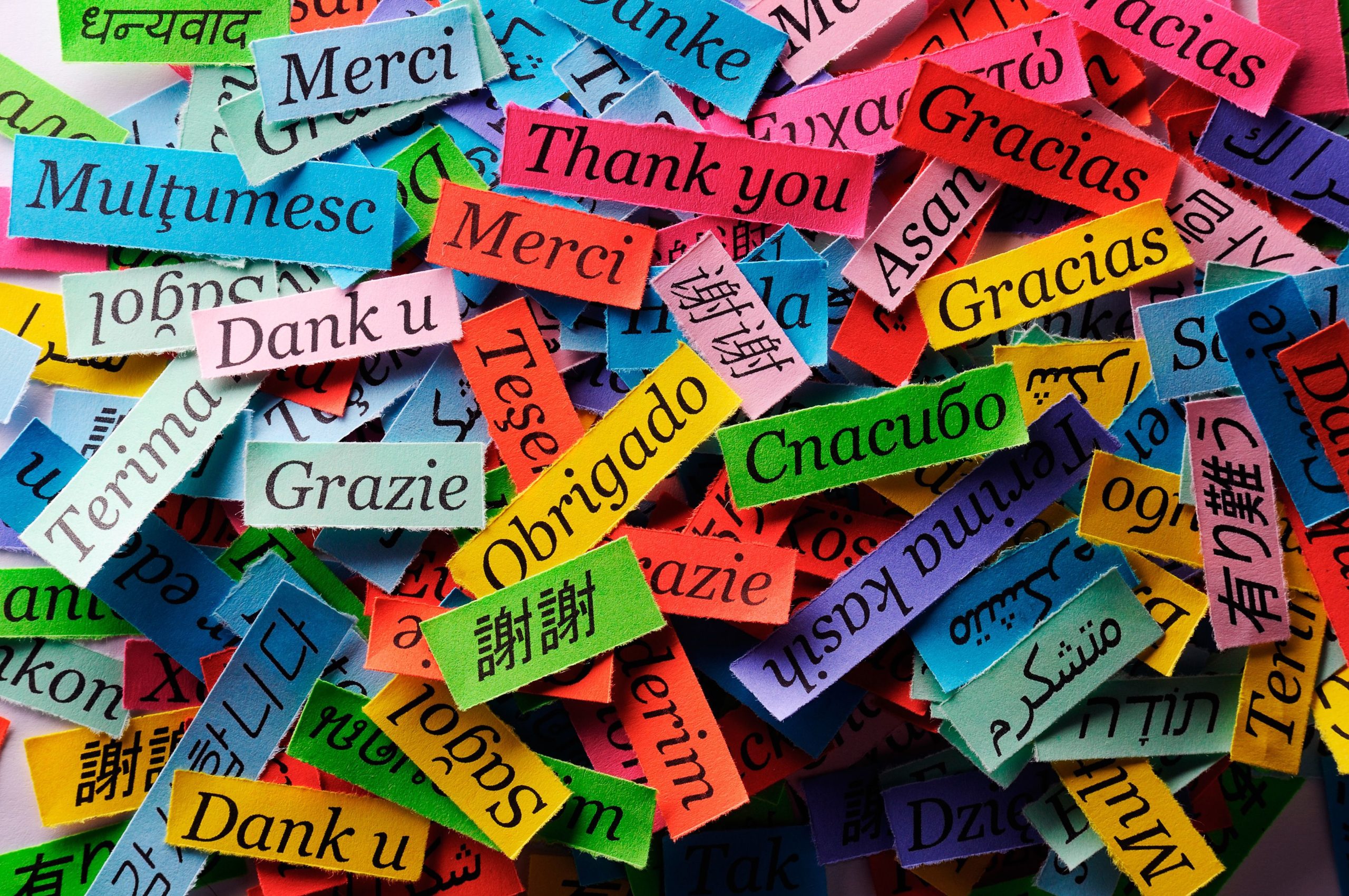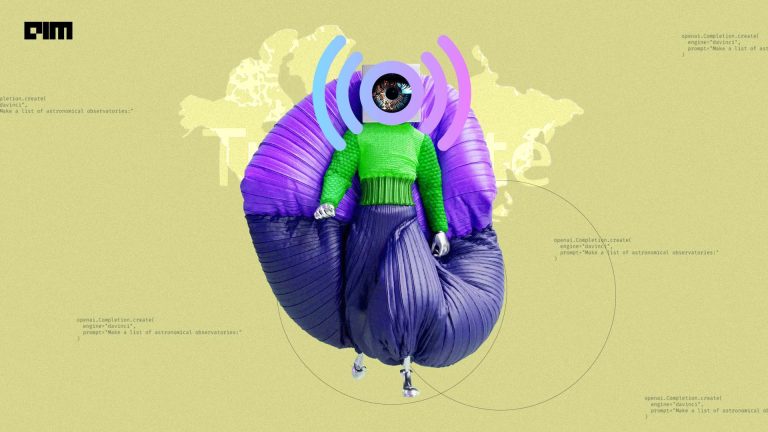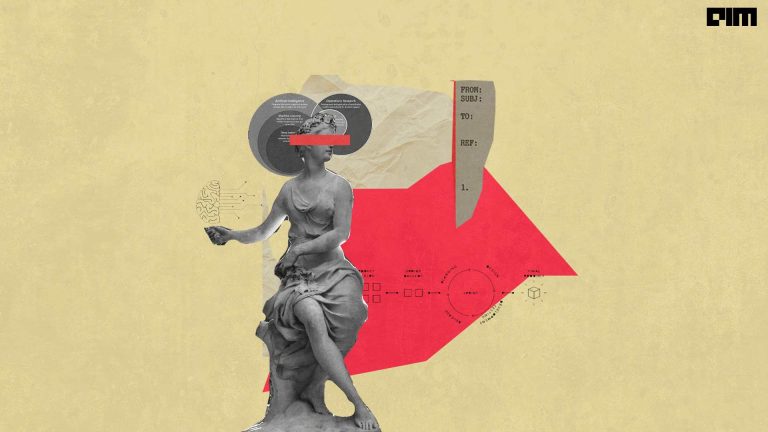Over the last few years, natural language processing (NLP) techniques have witnessed fast growth in quality as well as usability. Today, NLP is one of the most trending topics of research in the field of STEM. Tech giants have been researching NLP, and applying newer deep learning methods to gain a deeper understanding of the consumers.
In this article, we list down – in no particular order – eight different NLP scenarios that one can take up for a project.
1| Question Answering
Question answering is one of the most prevalent research problems in NLP. Some of its applications are chatbots, information retrieval, dialog systems, among others. It serves as a powerful tool to automatically answer questions asked by humans in natural language, with the help of either a pre-structured database or a collection of natural language documents.
Models: Models like BiDAF, BERT, and XLNet can be used for question-answering projects.
Dataset: Stanford Question Answering Dataset (SQuAD), Conversational Question Answering systems (CoQA), etc.
2| Text Classification
Text Classification or Text Categorization is the technique of categorizing and analyzing text into some specific groups. This technique supports a comparative evaluation of the impact of linguistic information concerning approaches based on word matching.
Models: BERT, XLNet, and RoBERTa can be used for text classification.
Dataset: Amazon Reviews dataset, IMDB dataset, SMS Spam Collection, etc.
3| Text Summarization
Text summarization is one of the most efficient methods to interpret text information. Text summarization methods can be mainly categorized into two parts – extractive summarization and abstractive summarization. In extractive summarization, the process involves selecting sentences of high rank from any document based on word and sentence features and fusing them to generate a summary. On the other hand, an abstractive summarization is mainly used to understand the main concepts in any given document and then express those concepts in any natural language.
Models: BERTSumExt, BERTSumAbs, and UniLM (s2s-ft) can be used for text summarization.
Dataset: BBC News Summary, Large-Scale Chinese Short Text Summarization Dataset, etc.
4| Sentiment Analysis
Sentiment Analysis is the technique of understanding human sentiments implied in a text, and helps classify emotions using text analysis methods. This technique has witnessed significant traction due to the growth of social media platforms like Facebook, Instagram, and more. Some of the applications of this technique are market research, brand monitoring, customer service, among others.
Models: Models like Dependency Parser, BERT, and RoBERTa can be used for sentiment analysis.
Dataset: Stanford Sentiment Treebank, Multi-Domain Sentiment Dataset, Sentiment140, etc.
5| Sentence Similarity
Sentence similarity portrays an important part in text-related research and applications in areas such as text mining and dialogue systems. This technique has proven to be one of the best to improve retrieval effectiveness, where titles are used to represent documents in the named page finding task.
Models: BERT, GloVe, etc. can be used for sentence similarity projects.
Dataset: Paraphrase Adversaries from Word Scrambling (PAWS)
6| Speech Recognition
Speech Recognition is the technique used in identifying spoken words or phrases and translating them into machine language. Speech recognition has gained attention in recent years with the dramatic improvements in acoustic modeling yielded by deep feedforward networks.
Models: BERT, RoBERTa, etc. can be used for speech recognition projects.
Dataset: Google AudioSet, LibriSpeech ASR corpus, etc.
7| Neural Machine Translation
Neural machine translation is one of the most popular approaches in NLP research. The neural machine translation aims at building a single neural network that can be jointly tuned to
maximize translation performance.
Models: BERT, RNN Encoder-Decoder, etc.
Dataset: English-Persian parallel corpus, Japanese-English Bilingual Corpus, etc.
8| Document Summarization
Document Summarization is the technique of helping readers catch the main points of a long document with less effort. It also helps as a preprocessing step for some text mining tasks such as document classification. This method can be categorized into two different dimensions – abstract-based and extract-based. An extract-based summary includes sentences that are extracted from the document. In contrast, an abstract-based summary may consist of words and phrases which do not appear in the original document.
Models: Hidden Markov Model can be used for document summarization.
Dataset: 20 Newsgroups dataset.



















































































